Henrique Campos Cavalleiro (Rio de Janeiro, 1892 - Rio de Janeiro, August 25, 1975) was a Brazilian painter, draftsman, caricaturist, illustrator and teacher. Henrique Campos Cavalleiro was born on March 15, 1892 in the former Federal District, now Rio de Janeiro (RJ). son of Mr. José Campos Cavalleiro and D. Beatriz Augusta Barcelos Cavalleiro, began his artistic career at the former National School of Fine Arts in 1907, with Eliseu Visconti and Zeferino da Costa as masters. His course at the Escola Nacional de Belas Artes was marked by obtaining rewards that were difficult to extract from strict teachers: a silver medal in painting in 1911 and gold medals in painting and drawing of a living model in 1912. Won, by competition, a trip to Europe in 1918, perfected his skills with André Decheneau, at the Académie Julian in Paris. In the French capital, he participated in the Salons of French Artists in 1923 and the National Society of Fine Arts in 1923 and 1924, returning to Brazil two years later. He held individual exhibitions in Rio de Janeiro, at the Galeria Jorge, in 1925, and also in São Paulo. In 1930, he returned to Europe, devoting himself to specialized studies in decorative art and illustration. He represented Brazil at the “Latin America" Exhibition at the Galliéra Museum in Paris in 1924, seeing three works. In 1938, Cavalleiro married the visual artist, painter and designer Yvonne Visconti Cavalleiro, daughter of Eliseu Visconti, with whom he had two children: Eliseu Visconti Cavalleiro, filmmaker, and Leonardo Visconti Cavalleiro, designer. Clarival do Prado Valadares, in the catalog of the retrospective exhibition of Henrique Cavalleiro held in 1975 at the National Museum of Fine Arts, writes: "In order not to be an example of engagement with groups or movements, the identification Henrique Cavalleiro's stylistic will have to be demonstrated through each experience to which it has been subjected, aiming for specific solutions. The artist has never sought the prestige of attitudes. We always discover it by researching the material, the composition, the shape, the color, in short, the painting in the aspect of each date. The artist himself, in a statement written for this exhibition, informs that between 1910 and 1918, the period of his apprenticeship, he already used the impressionist technique He therefore places himself as a post-impressionist, at least until 1940, the date on which he remembers having succeeded in undertaking the conquest of painting. He referred to his works in Teresópolis, the landscapes, through which he tried to free himself from the impressionist technique and to convey, emotionally, something personal. It was enough to identify with the expressionism that has since marked a large part of all of his work, when color and form virtualize his own interiority. These are the two stylistic achievements of Henrique Cavalleiro, in accordance with his testimony, which does not prevent the critics from seeing him as an expressionist, from the time when he practiced impressionism ... expressionists pioneers in Brazil, only protected by Anita Malfatti and Lasar Segall. Awards and exhibitions Cavalleiro in Teresópolis with his family and friends He appeared at the National Salon of Fine Arts in 1927, obtaining a gold medal. He also participated in the Salão Fluminense de Belas Artes, winning the Fagundes Varela prizes in 1944, João Batista da Costa in 1947 and Antônio Parreiras in 1950. At the Salão Paulista de Belas Artes he won the Great Silver Medal in 1949. His works were also presented at the Rosario Exhibition, Argentina, in 1928, at the International Exhibition of the Carnegie Institute in Pittsburgh in 1935, at the 1st São Paulo Art Biennial in 1951, and in the exhibition A Century of Brazilian painting at the National Museum of Fine Arts, in 1952. He has organized individual exhibitions in Rio de Janeiro and São Paulo. His works are exhibited at the Museu Nacional de Belas Artes, the Museu Antônio Parreiras and at the headquarters of the Brazilian embassies in Washington, Canada and Peru. His work appears in many private collections of Brazilian art collectors. Henrique Cavalleiro, in 1932, was hired to direct a chair of painting and in 1934, he was appointed interim full professor of the 2nd chair of painting at the School of Fine Arts. He was also an interim professor between 1938 and 1950 at the chair of Decorative Arts at the School. In 1954, after a competition, he took the oath to the 1st Chair of Painting, occupying the chair until 1962, the year in which he automatically retired. He received the title of Professor Emeritus in 1967, in a ceremony at the Escola de Belas Artes, when he was welcomed by Quirino Campofiorito.. He also taught drawing at the Colégio Pedro II in Rio de Janeiro, by competition, obtaining the 1st place among twenty candidates.
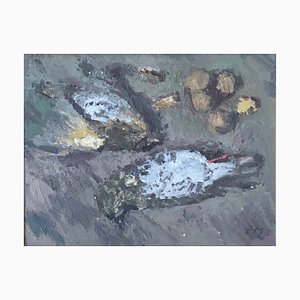
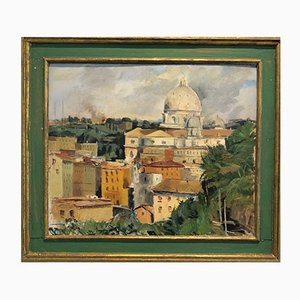
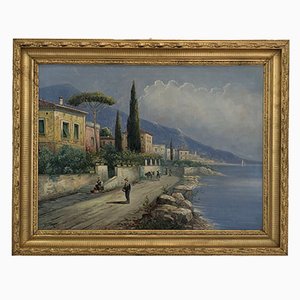
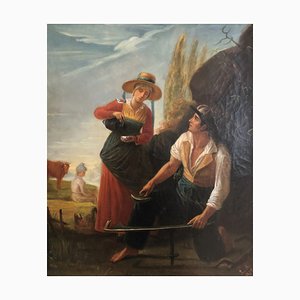
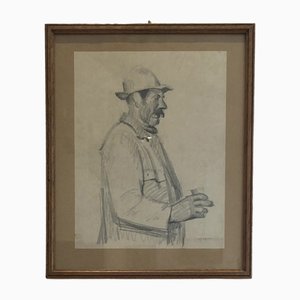




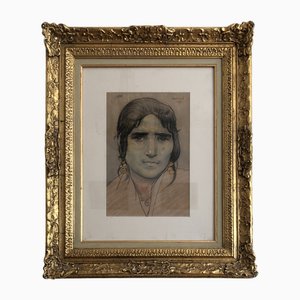
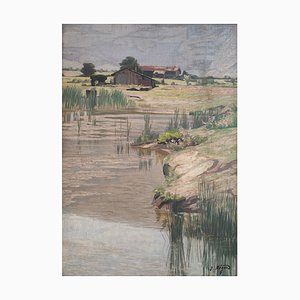
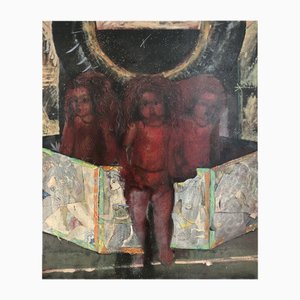
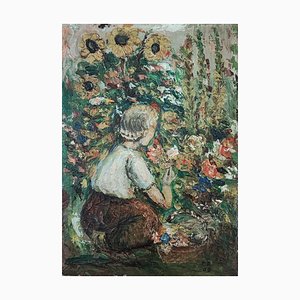

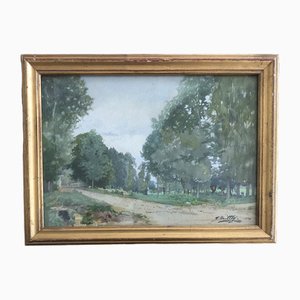
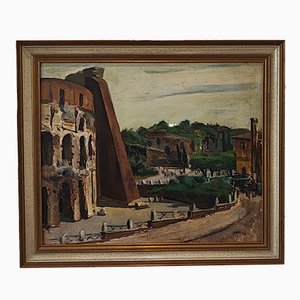
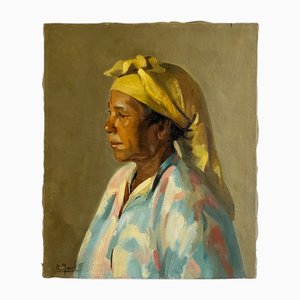
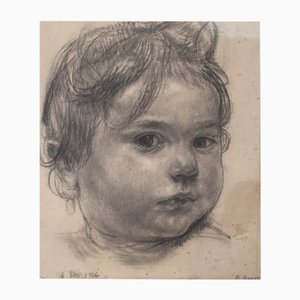

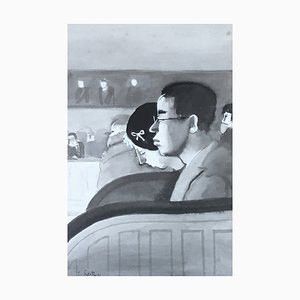
Get in Touch
Make An Offer
We noticed you are new to Pamono!
Please accept the Terms & Conditions and Privacy Policy
Get in Touch
Make An Offer
Almost There!
To follow your conversation on the platform, please complete the registration. To proceed with your offer on the platform, please complete the registration.Successful
Thanks for your inquiry, someone from our team will be in touch shortly
If you are a Design Professional, please apply here to get the benefits of the Pamono Trade Program